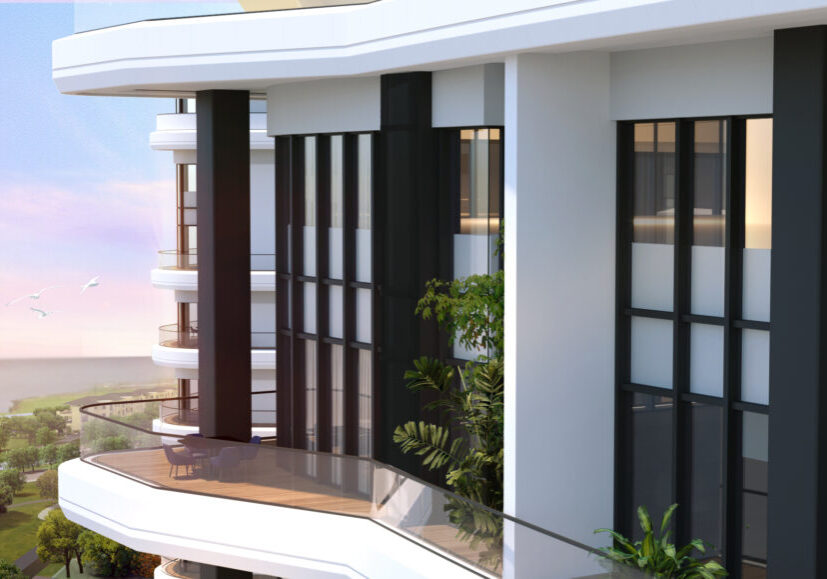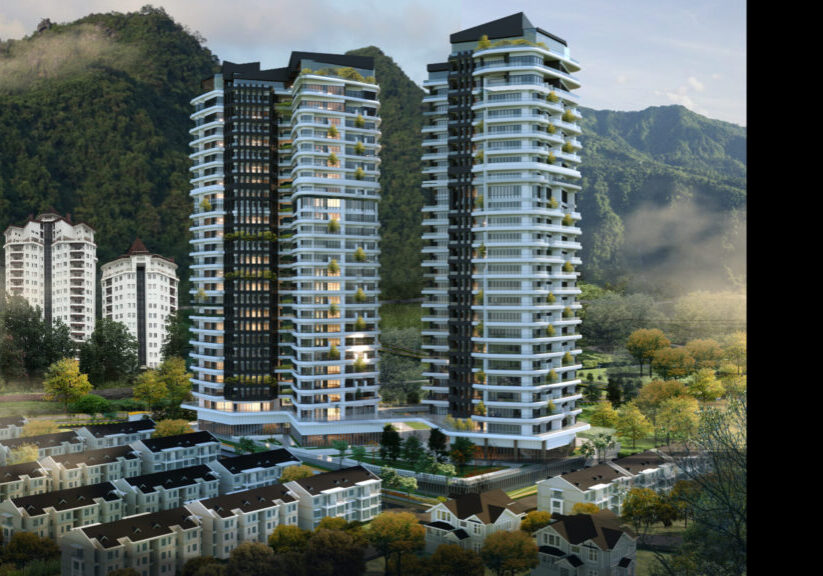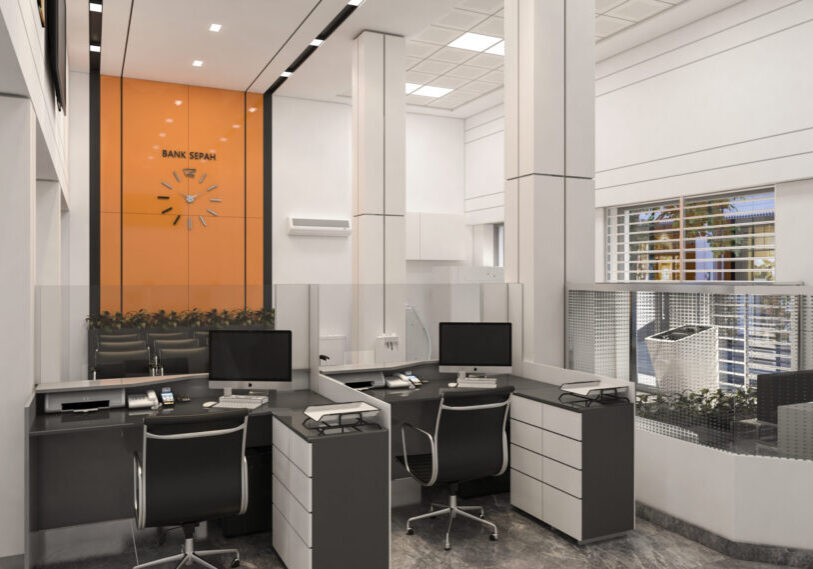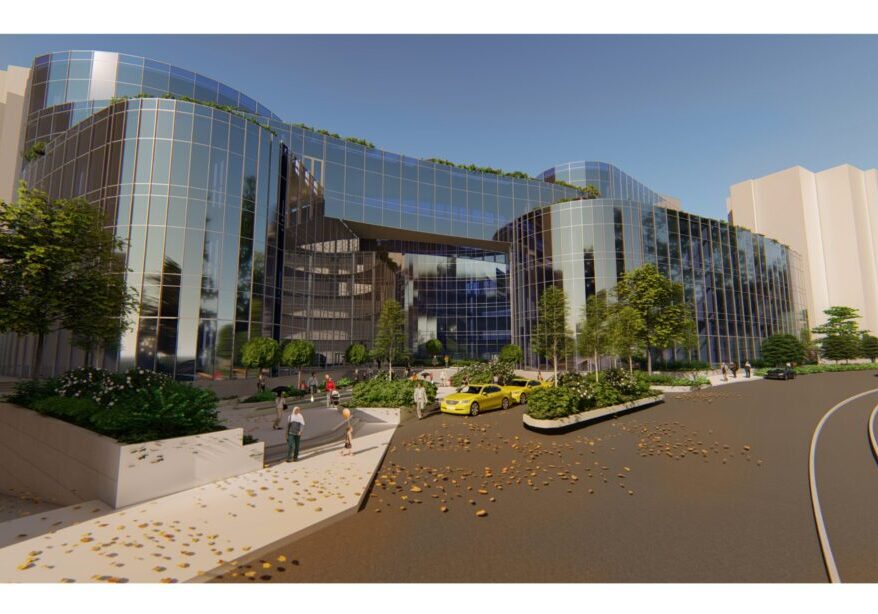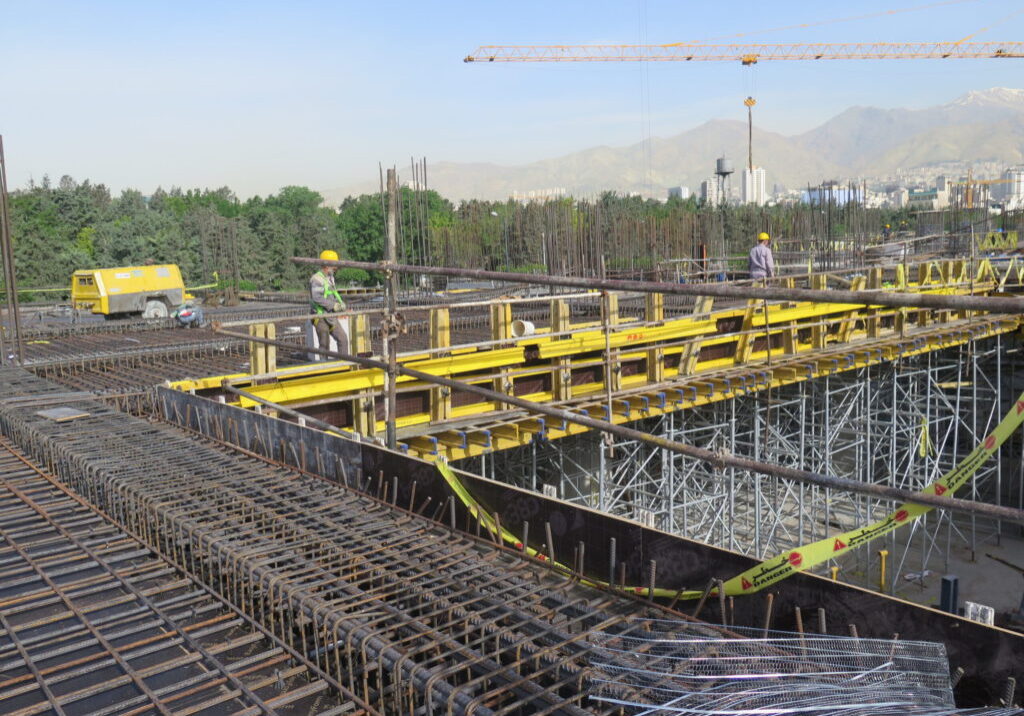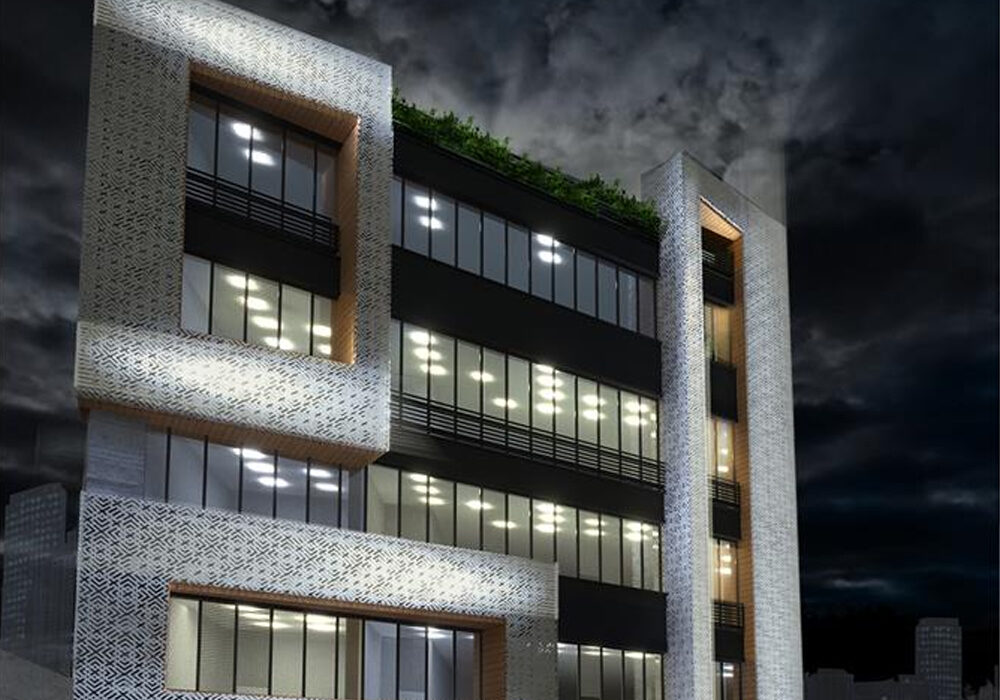Studies of operation design and station design:
The primary information in operation studies is the information of rail traffic studies such as
* Passenger entry and exit volume to the axis (origin and destination)
* Volume and type of load (output / input)
* The origin and destinations of loads
* Load growth during the years of operati
* Statistics of railway users during the year and on the project horizon
Operation studies include the following sections :
* Simulation of train movement and trajectory (phases one and two)
* Study of the number of lines, platforms, switches, type of switches, dimensions an geometrical characteristics of platforms, useful length of lines, station slope and ascent, existing facilities and facilities such as station building, prayer hall or mosque, sanitary services, switch building, depots and buildings, goods and luggage, in the store and visiting post, police building, existing residential houses, emergency electrical installations, sign and communication building and other station facilities if required
* Study of how to accept and dispatch trains, daily and annual traffic of freight trains
how to separate and form freight trains, type of passenger trains (such as intercity and suburban), study of existing operational problems such as lack of possible lines, required facilities and problems in switching And slow traffic, access to sub-lines and factories, etc
* Review of the current situation, how to operate and serve passengers
and owners of goods (how to locate and use the facilities optimally)
The output of the design includes the following:
* Plan capacity
* The capacity of passenger and cargo trains
* Type of locomotive and its number
* The number of cargo wagons in each train
* The total weight of train
* Final length and number of receiving and dispatch lines at stations
* Stopping times in depots, parking lots and stations
* Checking the headways in rush hours and other times
* The capacity of the route and determining whether it is a single line or
two lines or electrification
* Presenting line design and switches in every station, depot and parking
* Determining the required line in depot, station and parking and
calculating the required length
* Detailed tables and specifications of the main and sub-lines of the
station (s), type and number of switches, location and exact specifications of the arches and expression of the exact specifications of the pavement to accurately estimate the pavement costs
Superstructure design studies:
The superstructure design includes the following sections:
* Studies of superstructure components and tools include final
determination of specifications and type of rails and traverse and tools proposed in the first stage for main lines and stations, warehouse, dock and other required lines and two-way set (switch) which includes final determination of switch specifications such as angle Rotation, rotation radius and number of switches separately left and right round and study the possibility of using used switches at a standard and acceptable level to save on paving costs
* Designing a line superstructure system (ballast, without ballast) in the
* station and depot area and presenting the relevant calculation book
* Determining the superstructure system without ballast in the halls
* (buried or unburied) and providing its technical details
* Provide instructions on how to implement superstructure at stations
depots and parking lots
* Presenting the technical specifications of required switches and
crossovers
* Presenting the repair and maintenance methods of line and determining
the regular schedule of required services
* Compare the methods of connecting the rails to each other and suggest
the best option (if required)
* Providing superstructure design criteria for main and sub-lines in the
station and main axis
* Calculation of the cost of purchasing materials and execution of
superstructure separately for ballast and concrete for the project (in Rials and other currency)
Fleet studies
The fleet studies include the following sections:
* presenting the selected traction force of the project based on the
tonnage and length of the predicted trains and introducing the selected wagon (s) based on the type of set loads and determining the appropriate maneuvering locomotive type based on the tonnage of trains and the useful length of common station lines and specifying the required number of maneuvering locomotives along with its technical specifications
* Preparation of special repair statistics for freight wagons, passenger cars
and locomotives
* Provides a variety of defects that cause problems for freight cars
passengers and locomotives
* Analyzing and presenting the appropriate solutions in order to reduce
the remarkable repairs
* Current situation regarding services and equipment for servicing trains
at the station
* Location of locomotive and wagon repair equipment at the station
* Repair statistics of wagons and locomotives in the station wagon and
depot
* Future development plan for wagon and locomotive repair shops based
on fleet forecast on the project horizon
Provide a list and number of relevant equipment in depots and wagons
by workshops
* Passenger fleet, cargo, traction, maintenance (type, number, lifespan
(ownership, capacity
* Predicting the passenger fleet based on the number of passengers
* Cargo fleet forecast based on the amount of cargo
* Calculate the capacity of the wagon and depot
* Summary of development requirements in the station and railway
network

